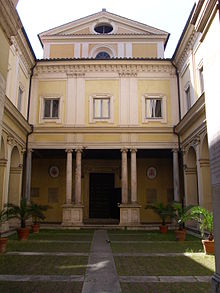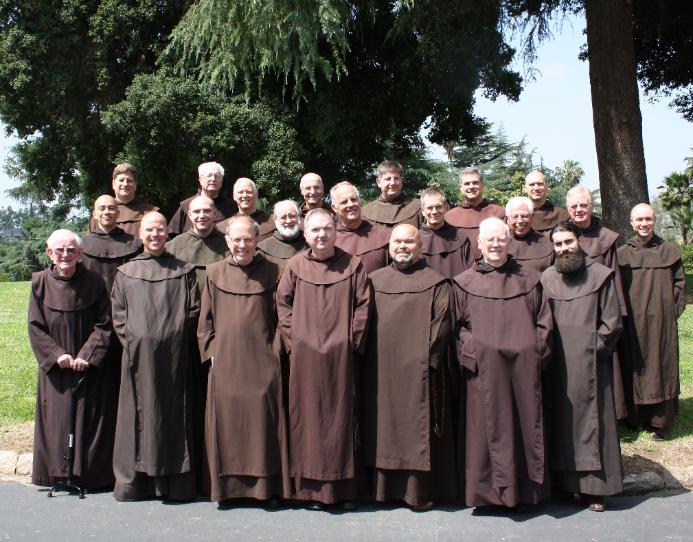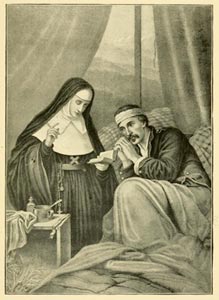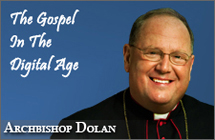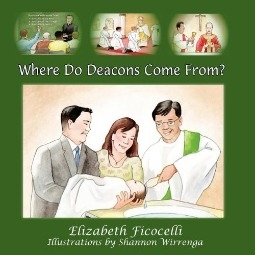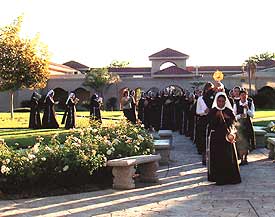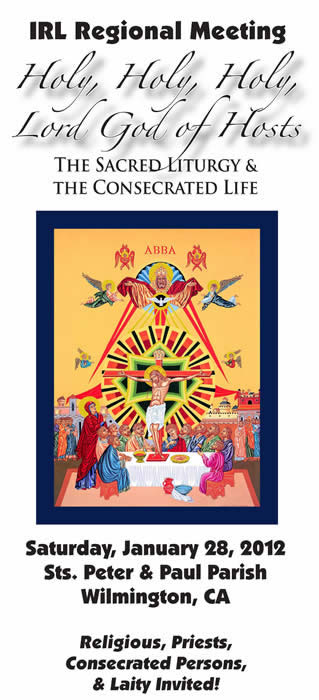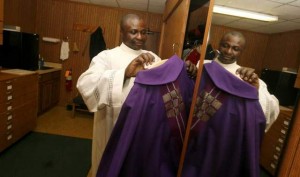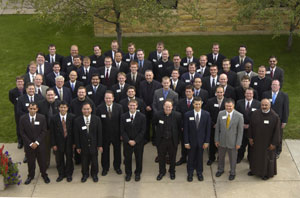 A recent Catholic News Service story reports on the continued increase in seminary enrollment in the United States. Some examples:
A recent Catholic News Service story reports on the continued increase in seminary enrollment in the United States. Some examples:
— At the Pontifical College Josephinum in Columbus, Ohio, 40 new seminarians arrived this year, bringing total enrollment to 186, the highest level since the 1970s.
— St. Paul Seminary School of Divinity at the University of St. Thomas in St. Paul, Minnesota, welcomed 30 new graduate-level seminarians, making its class of 100 seminarians the largest since 1980. The influx forced 24 seminarians and two priests off campus into leased space at a former convent.
— In the Diocese of Scranton, Pennsylvania, where the St. Pius X diocesan seminary closed in 2004 because of declining enrollment, the number of seminarians has more than doubled–from eight to 17 in the past two years.
But the numbers alone don’t tell the full story.
“I’m tremendously impressed with the quality of the candidates, their zeal,” said Father Phillip Brown, who was appointed rector of Theological College in Washington last March. “We’re seeing a real renewal of the priesthood.”
Under Blessed John Paul II and Pope Benedict XVI, the Church worldwide has been blessed with a priestly vocation boom. The number of major seminarians surged from 63,882 in 1978 to 117,978 in 2009, an increase of nearly 85%, outstripping world population growth (58%) and Catholic population growth (56%) during the same time period.
Like this:
Like Loading...
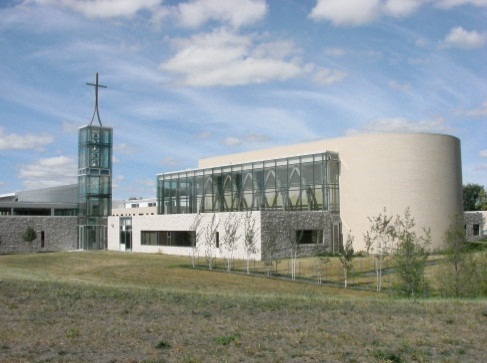 Seminary enrollment is up 50% at St. Joseph Seminary in Edmonton, Alberta. Seminary rector Fr. Shayne Craig attributes the sharp increase to a greater emphasis on faith formation and vocations throughout the region.
Seminary enrollment is up 50% at St. Joseph Seminary in Edmonton, Alberta. Seminary rector Fr. Shayne Craig attributes the sharp increase to a greater emphasis on faith formation and vocations throughout the region.